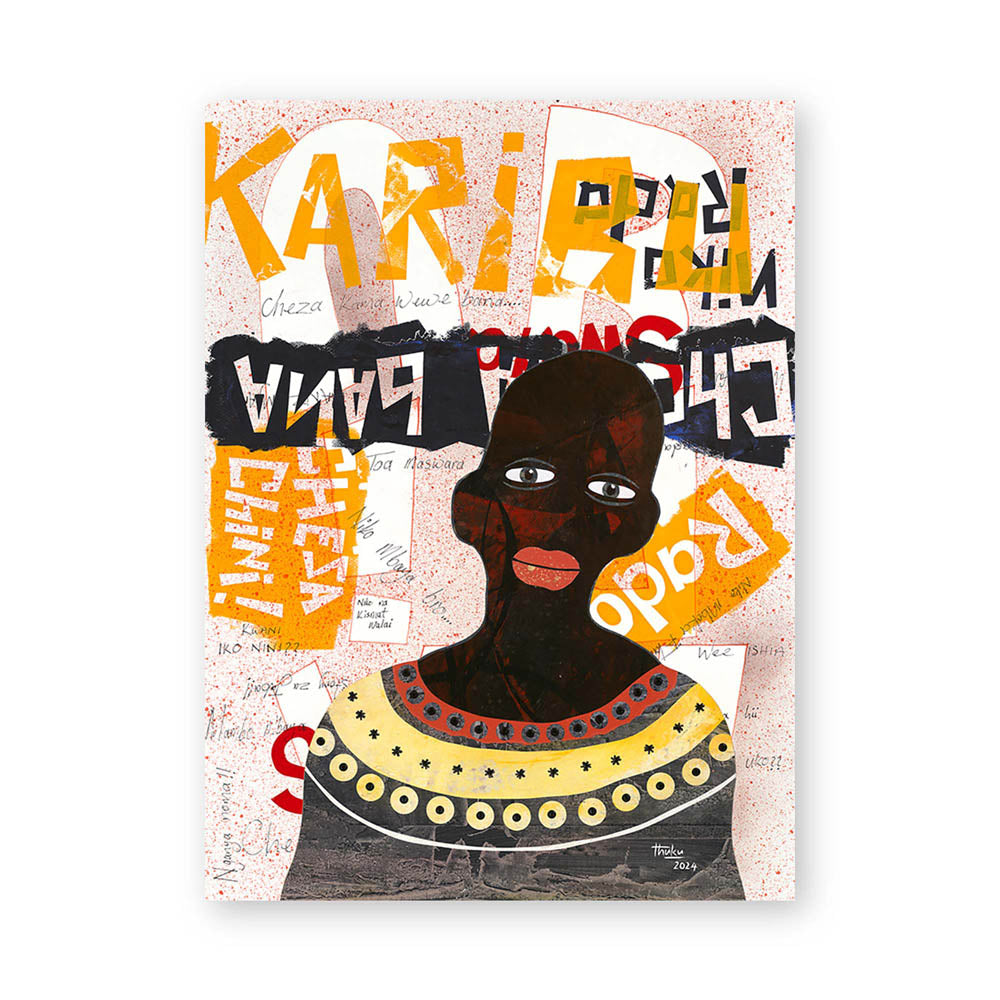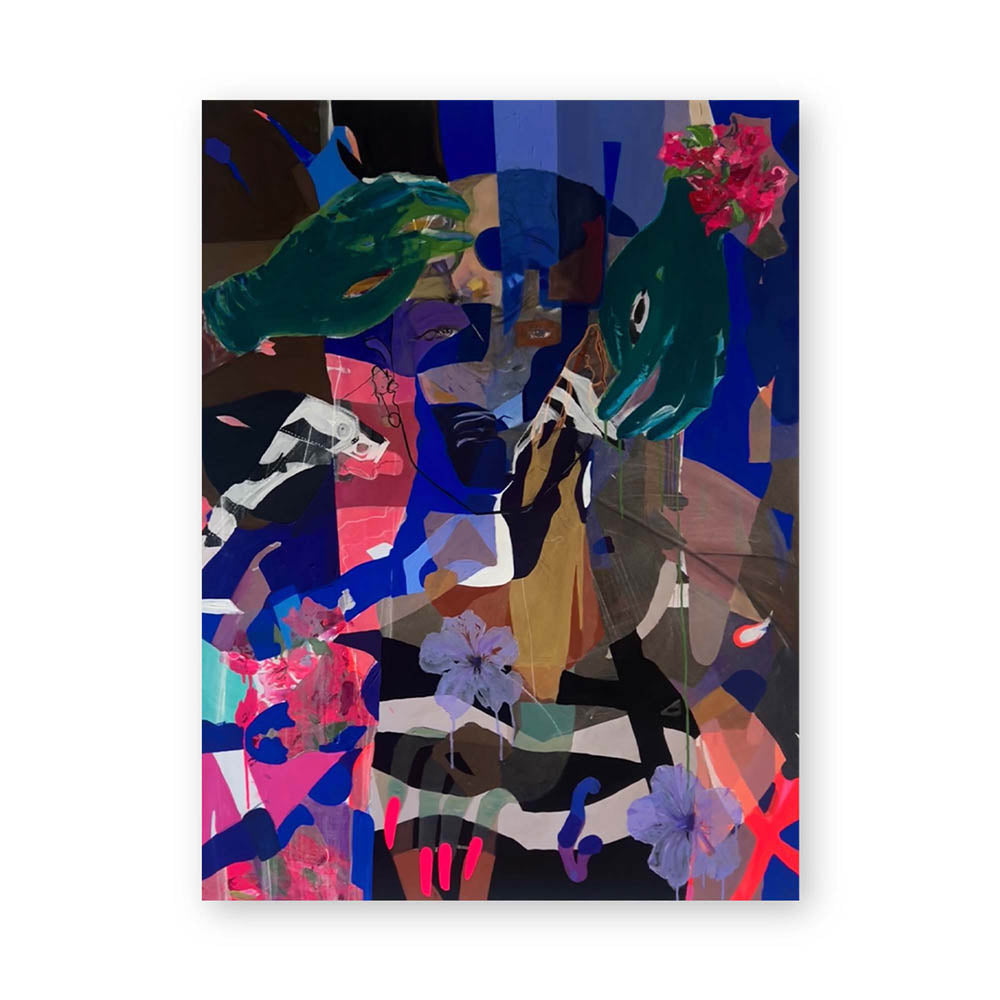Jay Gatsby is an American myth, a cultural enigma. Part of his lasting legacy as the central figure of The Great American Novel is his ability to reflect our own dreams and aspirations back to us like an enchanted mirror or wishing well. This makes him a subject of both endless possibility and endless contradiction, few of which have been as hotly debated as the matter of Gatsby’s race.

On the one hand, scholars have argued that Gatsby’s ascendency reveals the limitations and blind spots of F. Scott Fitzgerald’s perspective on American life. While Gatsby might be ultimately rejected by the Buchanans and the wealthy elites of East Egg, his rise to wealth and notoriety would have been markedly more difficult if he were non-white and arguably impossible if he were Black. Many have rightly argued that Gatsby’s ability to gain an incredible amount of wealth through criminal means, throw giant ragers that put him in the public eye, all while infiltrating the world of the old-money establishment, displays an almost flagrant reliance on white privilege.

At the same time, other scholarship has identified the similarities between Gatsby’s story and that of 19th and 20th century “passing” narratives. As in the novel Passing by Nella Larsen—which was published in 1929, only four years after Gatsby—passing narratives explore the experiences of light-skinned African Americans who move through the world presenting as white. As author Carlyle Thompson says in The Tragic Black Buck: Racial Masquerading in the American Literary Imagination (2004), Fitzgerald “guilefully characterizes Jay Gatsby as a ‘pale’ Black individual who passes for white,” and in doing so reveals “how intrinsically American literature and the American Dream are racial.”

The answer, we believe, is a little bit of both. It would be inaccurate to speculate on Gatsby’s identity without an awareness of the man who created him. Fitzgerald was a product of the white middle class and had the blind spots such an identity affords him. When Nick and Gatsby drive over the Queensboro Bridge in Chapter 4, they witness a funeral procession of European immigrants that Nick describes as having the “tragic eyes and short upper lips of southeastern Europe.” Immediately after, they see a car full of wealthy African Americans chauffeured by a white driver. Nick—and Fitzgerald by extension—describe the passengers using animalistic, racially charged language, calling the group “three modish negroes, two bucks and a girl. I laughed aloud as the yolks of their eyeballs rolled toward us in haughty rivalry.” Nick finds the African American passengers so absurd he thinks, “Anything can happen now that we’ve slid over this bridge…anything at all . . . Even Gatsby could happen, without any particular wonder.”
At the same time, Nick/Fitzgerald has no sympathy for the racist views spouted by Tom Buchanan. In Chapter 1, Tom bloviates on about how “Civilization’s going to pieces,” and how “It’s up to us, who are the dominant race, to watch out or these other races will have control of things.” The book Tom mentions, The Rise of the Colored Empires by “this man Goddar,” is a parody of a real-life book, The Rising Tide of Color Against White World-Supremacy (1920) by Lothrop Stoddard, a text mainstream enough to be published by Fitzgerald’s publisher, Charles Scribner’s Sons.
To claim Fitzgerald intentionally wrote Gatsby as a light-skinned African American man likely gives the author a more sophisticated understanding of the Black experience than he has or deserves. Simultaneously, Fitzgerald was certainly aware of the changing racial and ethnic landscape of New York in the 1920s—a product of mass immigration from Europe and the Great Migration from the American South—and the nativist and eugenic ideologies it was provoking in people like Tom.

Therefore, it serves Fitzgerald’s narrative to have Gatsby, if not literally Black or an immigrant, metaphorically Black and an immigrant. Time and time again throughout the novel, we see Gatsby linked with the cultural other. This happens both literally—such as in Gatsby’s business associations with the Jewish crime boss Meyer Wolfshiem—and in the subtle metaphoric associations Fitzgerald employs. Later in Chapter 4, while Jordan recounts to Nick the history of Gatsby and Daisy’s relationship, children are heard singing the song “The Sheik of Araby.” The song, with its obvious orientalist associations, was inspired by the popular 1921 film The Sheik starring Rudolph Valentino and Agnes Ayres. In the film, Valentino played Middle Eastern royal Ahmed Ben Hassan, who kidnaps and eventually falls in love with the British Lady Diana Mayo. In such small, subtle moments, Fitzgerald invokes the specter of cross-racial mingling and associates it with Gatsby’s project of getting Daisy back.
Tom articulates this concept most clearly in Chapter 7, explicitly vocalizing the connection between Gatsby and racial and ethnic intermixing. As tensions rise in the Plaza Hotel, he explodes, saying, “I suppose the latest thing is to sit back and let Mr. Nobody from Nowhere make love to your wife. Well, if that’s the idea, you can count me out . . . Nowadays people begin by sneering at family life and family institutions, and next they’ll throw everything overboard and have intermarriage between black and white.” Despite Jordan’s protest, “We’re all white here,” for Tom, there seems to be little difference between letting “Mr. Nobody from Nowhere make love to your wife” and the threat of intermarriage between races.

Fitzgerald makes a clear argument here for why the Gatsby is so threatening to wealthy elites like Tom: if someone with no established family background or inherited wealth can infiltrate elite social circles, what will stop the menacing hordes of poor, Black, and other oppressed identities from invading the sanctity of white, wealthy spaces? In this sense, it matters little whether Gatsby is actually white, because symbolically, he is unquestionably other.
These moments in the novel summon larger questions about Fitzgerald’s own attitudes toward the changing landscape of New York. While the symbolic association he makes with Gatsby is a sophisticated one and provides an astute social commentary on the racist fears of the wealthy, he also never fully endorses this new social order. Indeed, Fitzgerald remains uninterested or unwilling to describe African Americans and Jews, such as Meyer Wolfshiem, in language outside the stereotypical and largely negative framework with which the Western literary canon has assigned them. While Fitzgerald may mock Tom’s racist tirades and encourage the reader to treat his fear-mongering with a healthy dose of skepticism, he arguably downplays their impact.
It would be ideas such as Lathrop Stoddard’s that Fitzgerald so casually mocks that informed eugenicist ideology in the United States, which would later give rise to Nazi ideology around racial purity in the 1940s.

But if Gatsby is a magic mirror, a wishing well, a powerful portal that reflects whatever we wish to see, he also possesses the ability to embody a more just and equitable future. If Gatsby, in Tom’s imagination, is the specter of the swarthy outsider threatening to defile the sanctity of Tom’s pure, white marriage, he is also the vehicle through which Nick is driven into a new and vibrant future. He is the diverse list of partygoers who come to his home, he is a future that makes space for all of us to dream.
To Learn More…
Vereen, Alonzo, “A New Way to Read Gatsby,” The Atlantic, February 1, 2023.















